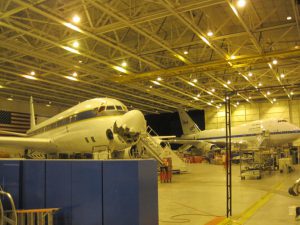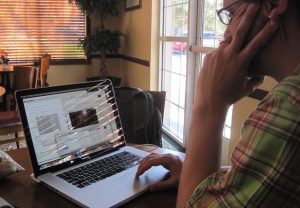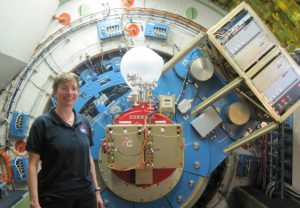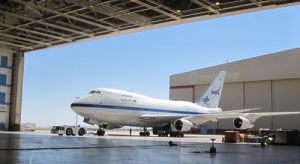Reposted from https://blogs.nasa.gov/mission-ames/2013/05/21/post_1369160186679/.
I’m out here at NASA Dryden’s Aircraft Operations Facility,the DAOF, to support line operations for the Stratospheric Observatory forInfrared Astronomy, SOFIA. I’m normally a spacecraft science instrument builder, having previously tested detectors for astronomy space telescopes Spitzer and JWST and building, testing and operating a 10 instrument payload for LCROSS that impacted the moon in 2009 detecting water within a permanently shadowed crater. And since 2011, I am working instrument calibration operations for the en-flight probe to Pluto, New Horizons.
Thus, SOFIA, being an aircraft, is a very different experience for me, coming from the spacecraft side of the house.
Sitting in the DAOF with SOFIA are some of the world’s premiere aircraft used for Earth Science observations, measuring in-situ molecules in our planet’s atmosphere, capitalizing on a mobile platform that can go monitor fires, or survey ice sheets at the poles, or observe transient phenomena like meteor showers or spacecraft or space-sample return capsules.
Check out this amazing suite of aircraft and their objectives at NASA’s Airborne Science Program.
Tonight we roll out ~8pm local time for first night of line ops from the 11pm-5am shift. I’m very eager to experience this important prep-activity for SOFIA commissioning science flights which start next week.
More information about SOFIA’s unique science can be found at NASA SOFIA Web Page.




